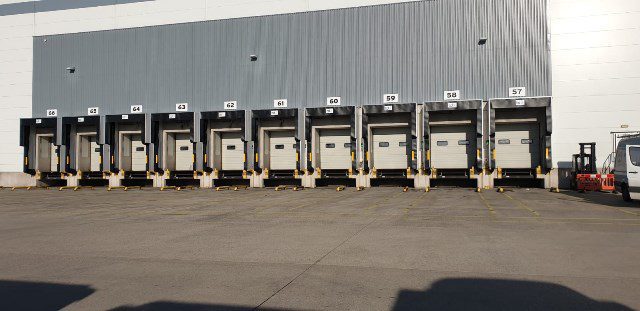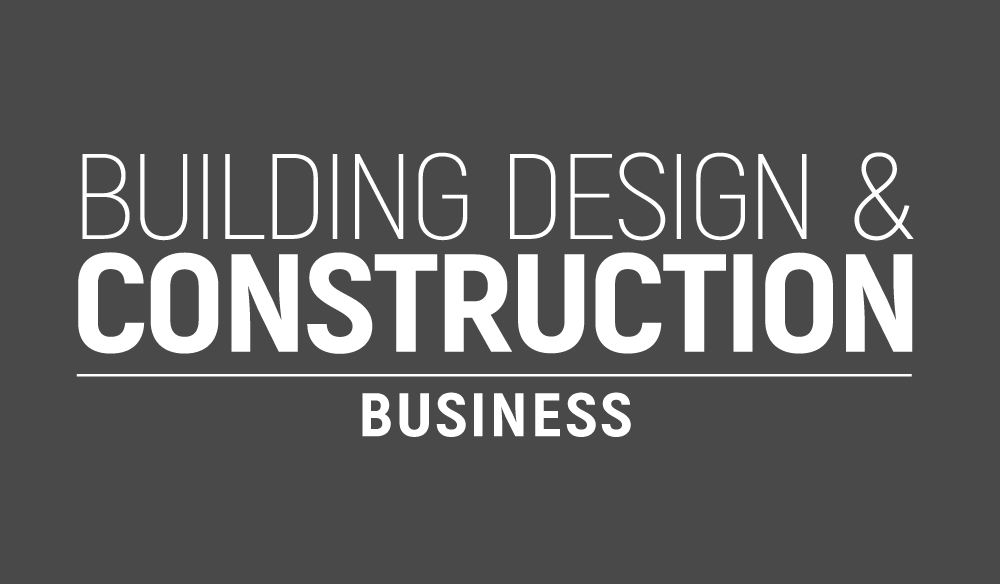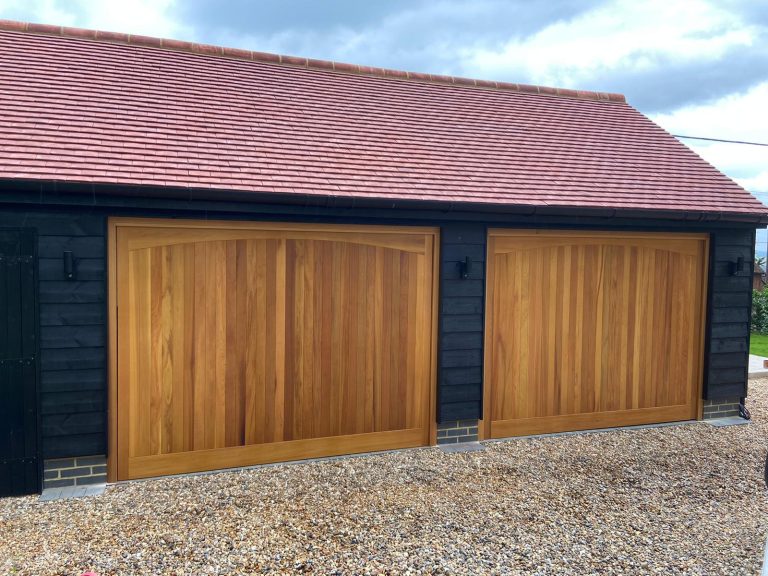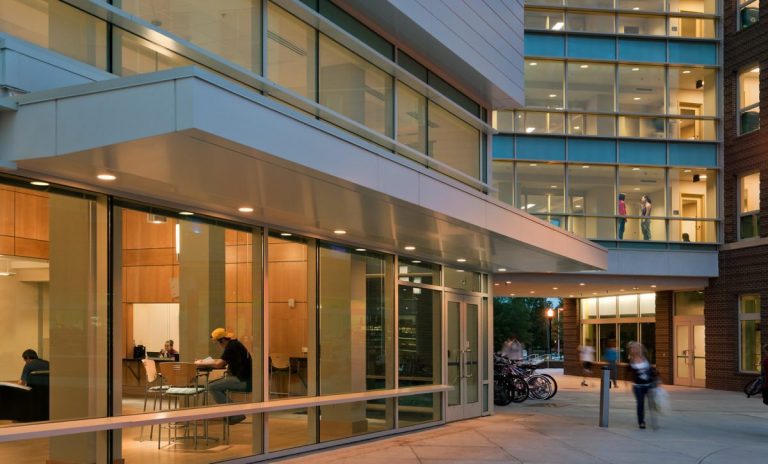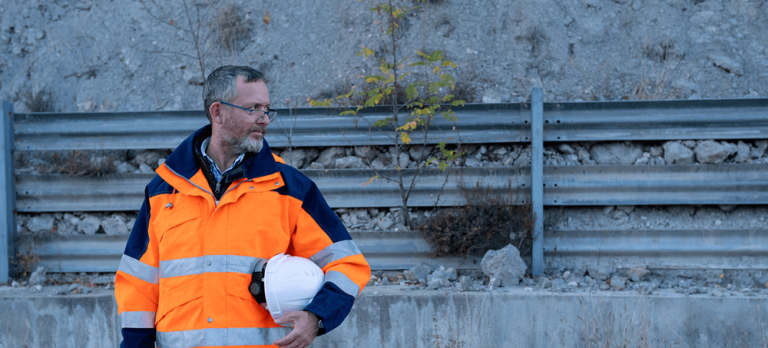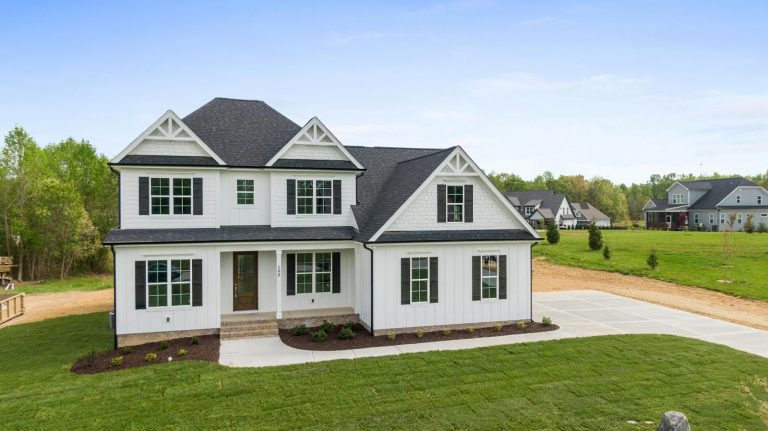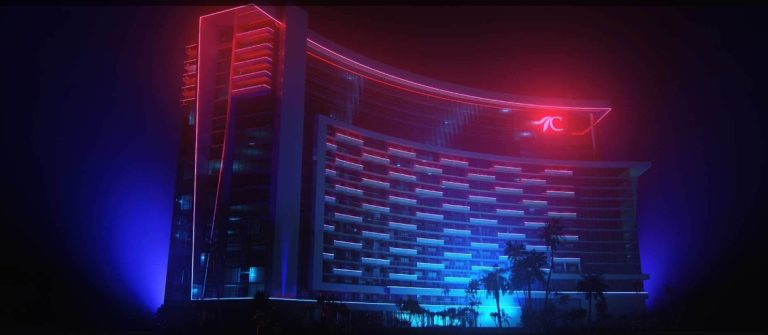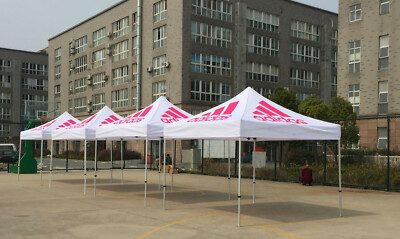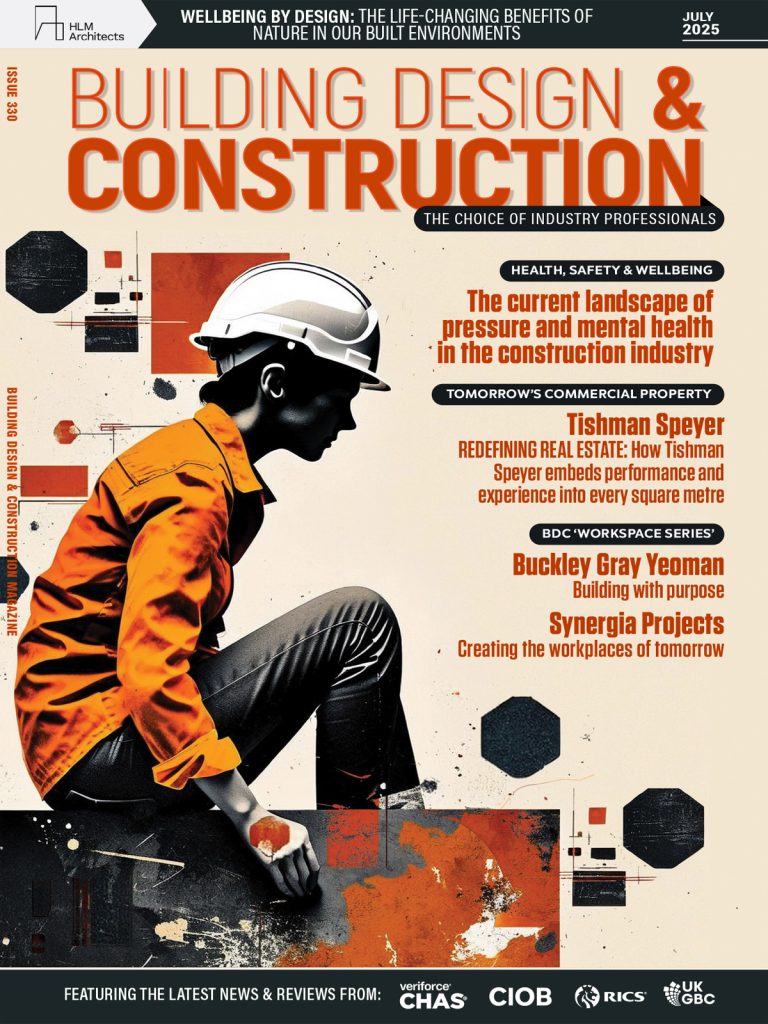The American Dream is finding a new home. And now, the dream has shifted in the Southeast. Millions are moving here. Tech workers are leaving expensive Silicon Valley. Retirees want to trade cold winters for Florida’s warm sun. They come for lower costs, greater opportunities, and a better quality of life. If you’re an investor curious about housing’s future, this blog is for you. So, sit still and see where smart money is going and how to join this exciting part of America’s real estate story. Why the Southeast U.S. Is Attracting Residential Developers? The Southeast is growing fast. More people are moving there every day. Land is cheaper, and the states make it easy for businesses to grow. Florida, Texas, Georgia, and the Carolinas have warm weather, lower taxes, and lots of jobs. This condition attracts remote workers and big companies alike. Cities such as Austin, Nashville, and Raleigh-Durham are booming with tech and manufacturing. Plus, living costs are lower than in the Northeast or the West Coast. That draws retirees and young families looking for a good place to live. With better roads and rules for building, the Southeast is a hot spot for home builders now. Top Emerging Markets in the Southeast U.S. to Invest in this Year Looking to invest where growth is booming? Here are the top emerging markets in the Southeast U.S. you should know about. 1. Charlotte, North Carolina Charlotte is the financial heart of the Southeast. Bank of America and Wells Fargo are based here, along with five other Fortune 500 companies. The tech scene is booming too. In just one year, tech jobs grew by over 21%, which is twice the national average. The housing market is strong here. The median home price in Charlotte sits at about $399,000, which is growing steadily at 3.8% each year. Close to a million people already live in the city, and the number keeps rising. With vacancy rates as low as 4.6%, rental demand is so strong here. South End and NoDa are seeing even faster growth. On top of that, the city sits close to Research Triangle Park and keeps attracting big companies, especially in fintech. Why Invest in Charlotte 2. Raleigh-Durham, North Carolina Raleigh-Durham is a magnet for innovation. Research Triangle Park, situated in this city, is now home to more than 250 companies, including IBM, Cisco, and GlaxoSmithKline. It offers the best schools, high-tech jobs, and quality living. The life sciences industry here raised over $770 million in venture funding. Nearly half the population holds a college degree. It drives demand for quality housing. Here, the living costs are lower than in many places. Yet, the job opportunities are strong. You’re also near beaches and the mountains. With new infrastructure and a strong government presence, this area is set for long-term growth. Why Invest in Raleigh-Durham 3. Nashville, Tennessee Nashville is no longer just “Music City.” It’s now a healthcare giant too. The healthcare sector here brings in $84 billion each year. Big names are investing heavily. Oracle is building a $1.4 billion campus here, and Amazon is expanding with a huge new office. Its housing market is solid. Home prices are about \$510,000, showing a 3.8% increase. Rentals are strong too. The vacancy is just 3.4%, and one-bedroom units rent for about $1,745. The city’s low 3.1% unemployment rate adds to the demand. Why Invest in Nashville 4. Atlanta, Georgia Atlanta stands at the heart of the Southeast’s economy. Some of the world’s biggest brands, like Coca-Cola, Home Depot, and UPS, started and grew here. Today, 14 Fortune 500 companies call this city home with a workforce that’s more than 1.3 million strong. Its airport, the busiest in the world, keeps business flowing in and out nonstop. For ten straight years, Georgia has earned the title of the best state for business, and Atlanta is a big reason why you should invest here. The local economy is broad. It includes tech, logistics, film, and finance. Programs like Invest Atlanta help small businesses grow and bring in new developments. Why Invest in Atlanta 5. Boynton Beach, Florida Boynton Beach is a hidden treasure in South Florida. It sits between high-priced Palm Beach and Delray Beach, but it’s more affordable. You get marina views, parks, and beach-town charm, without the heavy price tag. New developments are popping up here. The Pierce is a big mixed-use project. Downtown is also getting a fresh new look, led by the Boynton Beach Community Redevelopment Agency. The city is investing in affordable housing, better waterfronts, and attracting new businesses. Its location near Florida Atlantic University keeps rental demand strong. Why Invest in Boynton Beach Current State of Southeast U.S. Real Estate Markets The South is leading the nation in inventory growth, with a 33.3% increase compared to last year. New home sales are also on the rise, climbing 6.5% over the same period. Notably, communities like Canyon Springs in Boynton Beach are contributing to this surge, attracting both buyers and investors with their desirable locations and high-quality homes. Four of the nation’s top 10 real estate hot spots are located in the Southeast. This is clear evidence that investor confidence in the region remains strong. In March, pending home sales spiked by 9.8%, marking the largest increase in the country. Meanwhile, the median price of existing homes edged up to $360,400, a modest 0.6% rise that reflects market stability. Overall, the market shows a healthy balance. Inventory is expanding, giving buyers more options in places like Canyon Springs Boynton, while strong demand continues to drive growth. How to Choose the Right Market for Residential Investment To pick the right place to invest in real estate, always look at the big picture. Mortgage rates are expected to stay between 5.9% and 6.7% this year. That’s better news for investors after years of rising rates. Also, follow where people are moving. North Carolina, Colorado, and Florida are still gaining new residents. That’s because of job growth and
